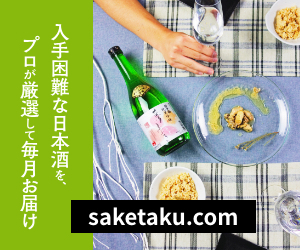- Home
- Report of Delicious Sake Serving Restaurants, My Three Meals, My Trip Diary, Solo-Drinking, Hirunomi, Miyagi, sendai
- Tastes of Sanriku Sea with “Shiki no Matsushima” at “Issen”
Tastes of Sanriku Sea with “Shiki no Matsushima” at “Issen”
- 2020/2/29
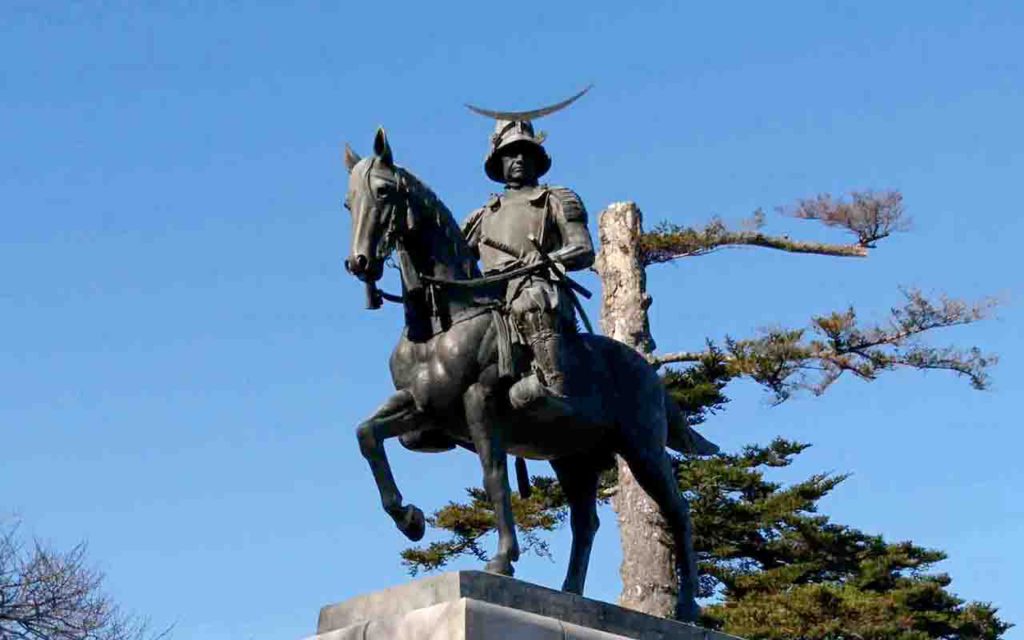
Good evening!
Thank you very much for visiting this blog.
Today’s report is about my business trip to Sendai.
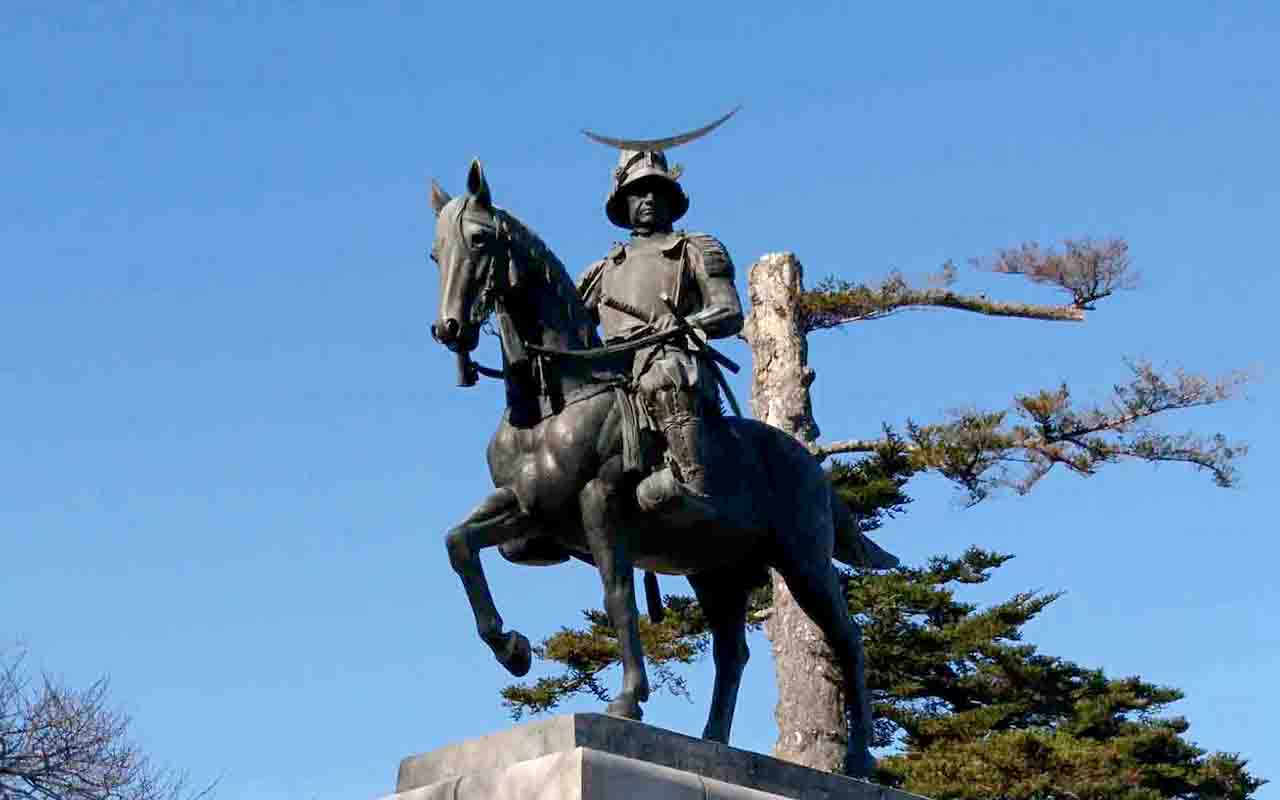
Contents
My first visit to Sendai for business
The day was a weekday in late November.
I left the company which I worked for at the year-end, and decided to start a new business by myself.
The reason why I stopped to work as an employee was to apply myself to the new business of managing this website…
Meanwhile, the management was a deficit financing, and it was even difficult to pay for the web server at this moment.
The situation is severe now, but I thought that it would be meaningless to continue to work for the company because the salary wouldn’t rise.
At the same time, the amount of my job at the company just increased.
I had little time to spend for the management of this website.
I could easily imagine that I would lose my health, and get into a negative spiral.
Therefore, I braced myself to quit the job to spend more time on the new business while earning living expenses with my skills of management consulting
I didn’t expect that I would be able to get a contract in my new business soon after quitting the job.
I was going to do temporary works to get daily incomes until I could get contracts.
However, luckily, I started the sales of my new job a week before I left.
I could get a contract on the next day of my last day at the company.
My business trip to Sendai was for the first contract of my new job (I was employed then, but I got a permission to do a side work, and working on the two jobs).
Good chance to search Sake restaurants and have sightseeing!
On this business trip to Sendai, the business appointment was in afternoon.
I had free time in the morning.
I arrived in Sendai early on that day to check the place of the appointment first, and then look for restaurants which seemed to have good sake and have some sightseeing before the appointment.
Luckily, the place I had to go in the afternoon was around “Basho no Tsuji”, which is in the middle point between Sendai Station and Aoba Castle (Sendai Castle) like you see in Google Map below.
That means I could visit the castle easily in the morning.
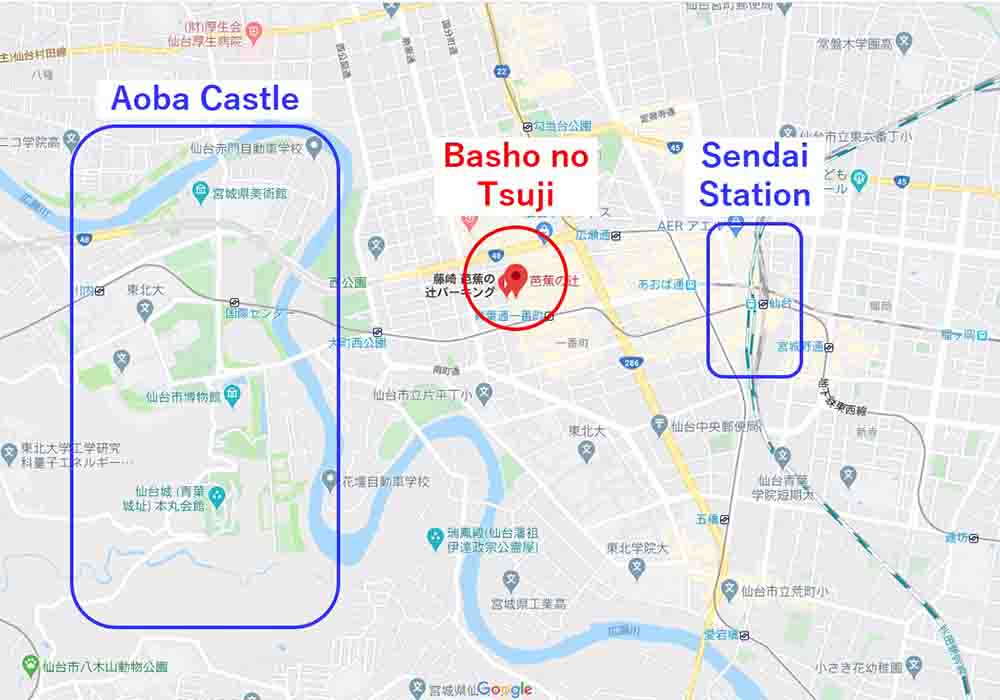
By the way, in “Basho no Tsuji”, there is a stone monument in the next photo.
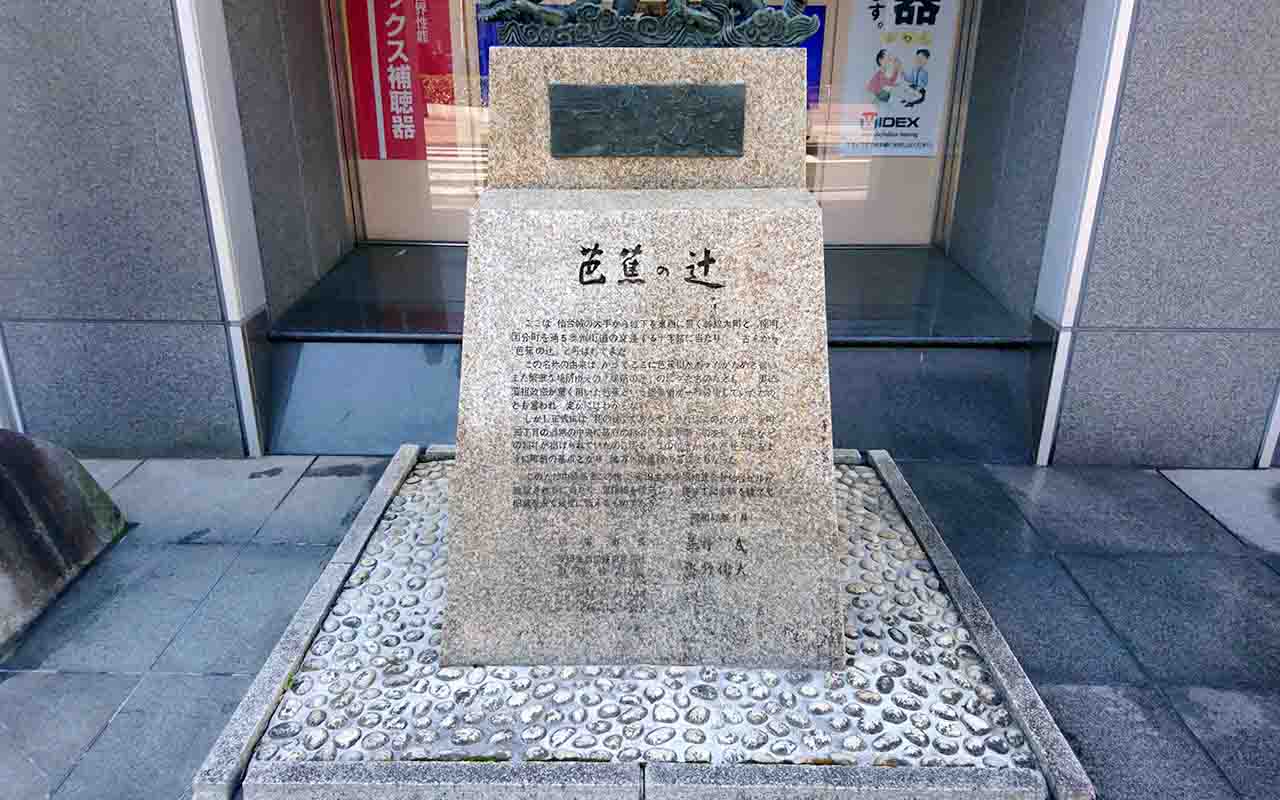
The monument says;
Basho no Tsuji
This point is the crossroad of Omachi Street running in the east-west direction from the Ote Gate of Sendai Castle and Oshu Kaido Street which runs in Minami-machi and Kokubun-cho.
This place is called “Basho no Tsuji” since long time ago.
There are some stories about the origin of the name.
Some people say that it’s because there was a banana (basho) tree on this spot, or others say that the place was originally called “Basho no Tsuji (The intersection of ‘The Place’)” as the area was a busy street, and later, “Basho” as in “Place” changed to “Basho” as in “Banana”.
Another story is that it’s called “Basho no Tsuji” because a priest called “Basho” who was given an important position by the founder of old Sendai domain lived in this place.
It is still not clear that there is the truth among these stories.
In fact, this place was originally “Fuda (board) no Tsuji”, and it comes after the history that there was “Seisatsu” (roadside noticeboard) on the street of Omachi San-chome which is the west side of the crossroad.
On “Seisatsu”, rules made by Edo government were written such as “loyalty and filial piety to Shogun”, “prohibition of Christianity”, and “prohibition of abandoning livestock”.
This history tells that this crossroad was the key point of the town distribution, and the milestone to other areas.
At the construction of our company’s building here, we reconstruct the old milestone and build this monument to tell the history to the future generations.
January, 1971
The Mayor of Sendai City
The President of Meiji Yasuda Life Insurance Company
Well, there are some stories about the name, but none of them is about the famous Haiku poet “Matsuo Basho”.
I thought that this place was related to him.
One of his famous haiku is “Matsushima ya, Oh, Matsushima, Matsushima ya”.
It was made when he visited Matsushima (near Sendai).
He saw a fantastic scenery of Matsushima, but it was too beautiful to describe.
He wrote a Haiku just repeating the name “Matsushima”.
I thought that he made this poem on “Basho no Tsuji” or something.
It wasn’t correct.
In the first place, according to some souses such as Wikipedia, the famous “Matsushima” Haiku was not written by Basho, but a different artist called “Taharabo” in the Edo period who lived much later than Basho.
Sendai Castle
I arrived at Sendai Station around half passed 9, and went to check the place of the business appointment which was near “Basho no Tsuji” first.
I looked for restaurants where I could drink sake around the place, and then headed for Sendai Castle by walk.
I walked straight to the west from “Basho no Tsuji” along National Route 48, and crossed Hirose River.
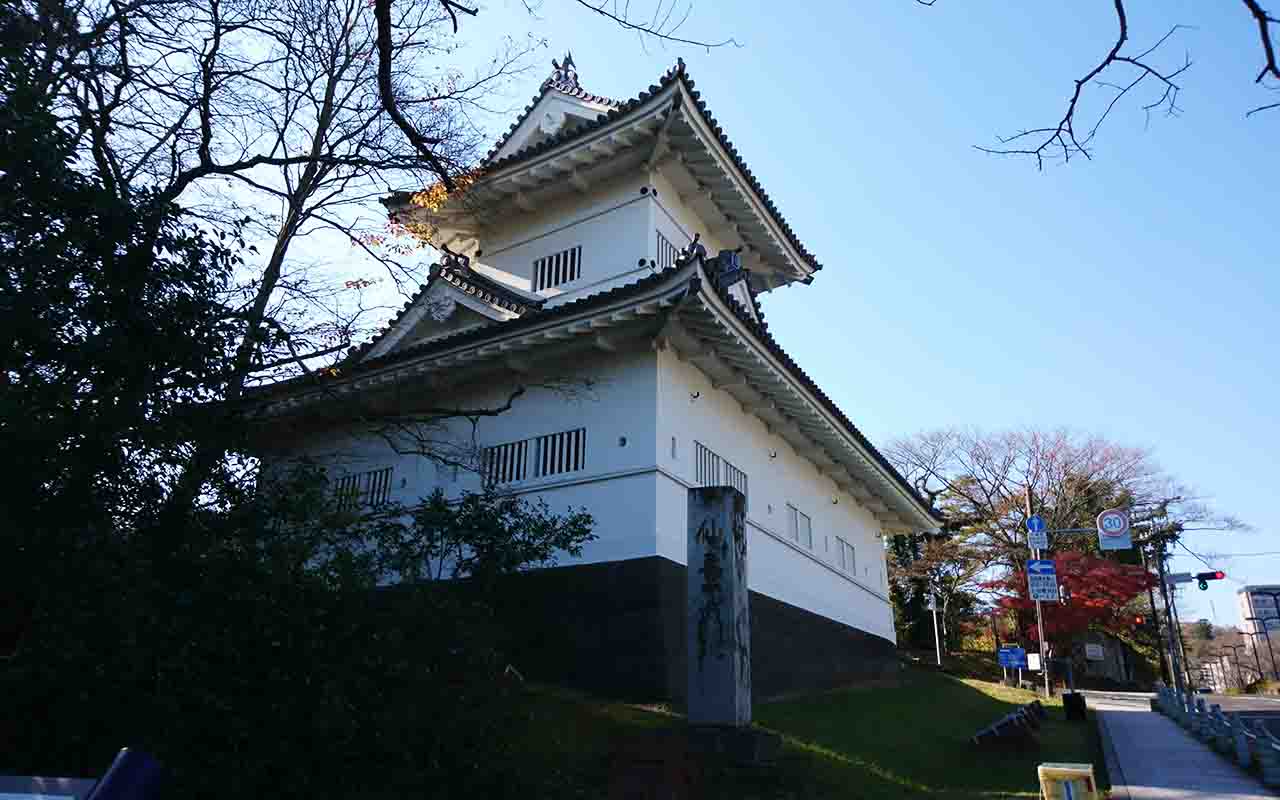
I reached Sendai Castle.
This building in the photo above is Sendai Castle’s “Otemon Wakiyagura”.

There was a great gate “Otemon” in the right next to “Wakiyagura” before, but the gate was destroyed in the bombing in Sendai during World War ll on July 9th, 1945.
“Otemon Wakiyagura” was also lost in the fire, but it was reconstructed in 1967.
This “Wakiyagura” is the only remaining building of Sendai Castle, so it is always used as the photo of Sendai Castle.
I went to the place where Honmaru (the main building of the castle) used to be after walking to the left along the street in the back of “Otemon Wakiyagura”.
One of the interesting things about Sendai Castle is that,
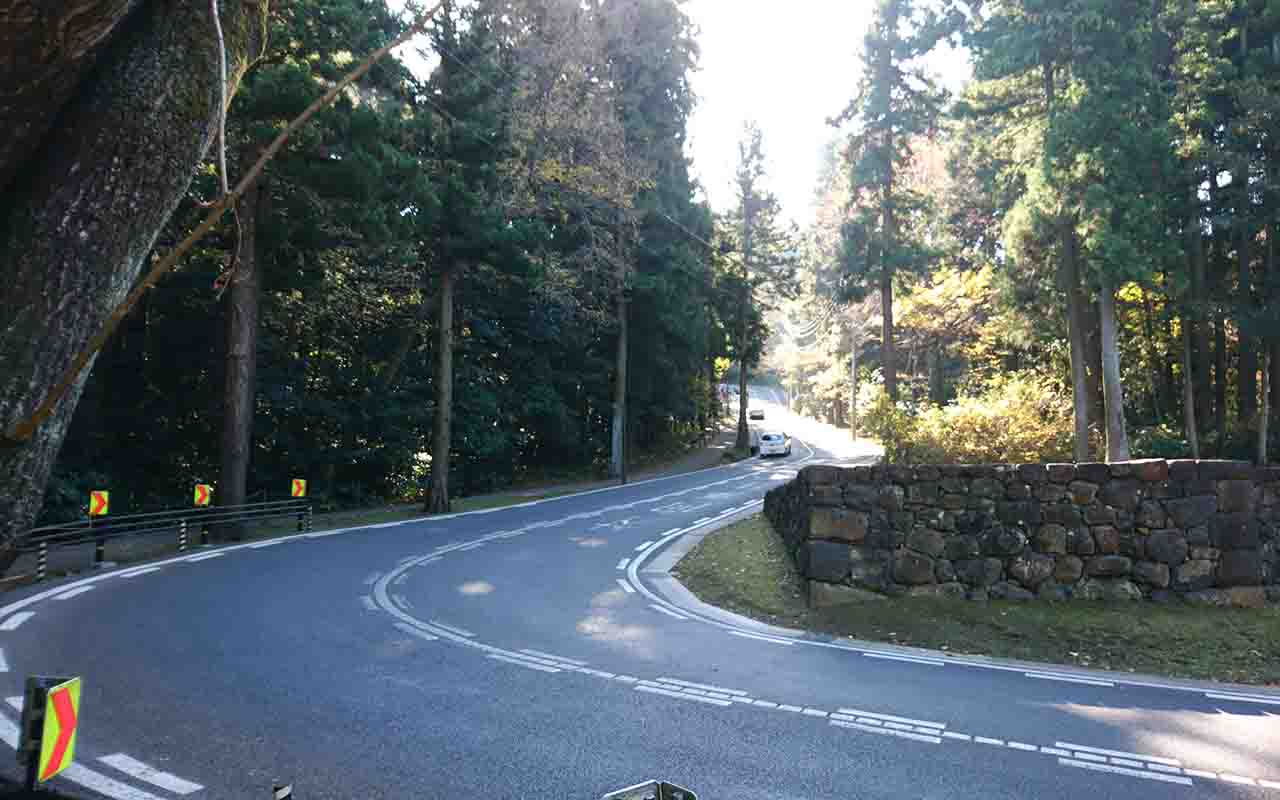
Honmaru is over this winding hill like we see in a car racing comic, even though the castle stands on the plain of Sendai.
The founder of this castle, Date Masamune, was an ambitious Daimyo who hoped to win the nation even after Tokugawa Family got it in The Battle in Sekigahara, and it’s often described in novels and cartoons about Masamune.
To make his ambition true, he planned to lead Tokugawa army to this Sendai Castle, and break Natori River in the south while Tokugawa’s attack to flood the army together with the town.
Sendai Castle stands on a mountain called “Aoba Yama”.
The west side of the castle is the mountain hill, the south is a river, and the north and the east sides are sharp cliffs going down into Hirose River.
In addition, there is Oshu Kaido Street to Edo (Tokyo) in the east of the castle.
In this case, Tokugawa army should attack Sendai from the east.
To see the map, it is easy to imagine that breaking the levee of Hirose River is the better way to beat Tokugawa, not Natori River in the south, so the story about Masamune’s tactic might have been made up in the later generation.
At the same time, the winding hill and stone walls on the way which seemed to have placed to prevent the invasion of the enemy made me feel that Masamune’s tactics to draw the enemy to the castle and make a flood was true.
I walked up the hill, and learnt that the hill was so steep that I couldn’t help sweating under the clear sky even though it was already the end of November in Tohoku (north-eastern Japan).
I had to take off my jacket and roll up the sleeves.
After walking for 5 more minutes,
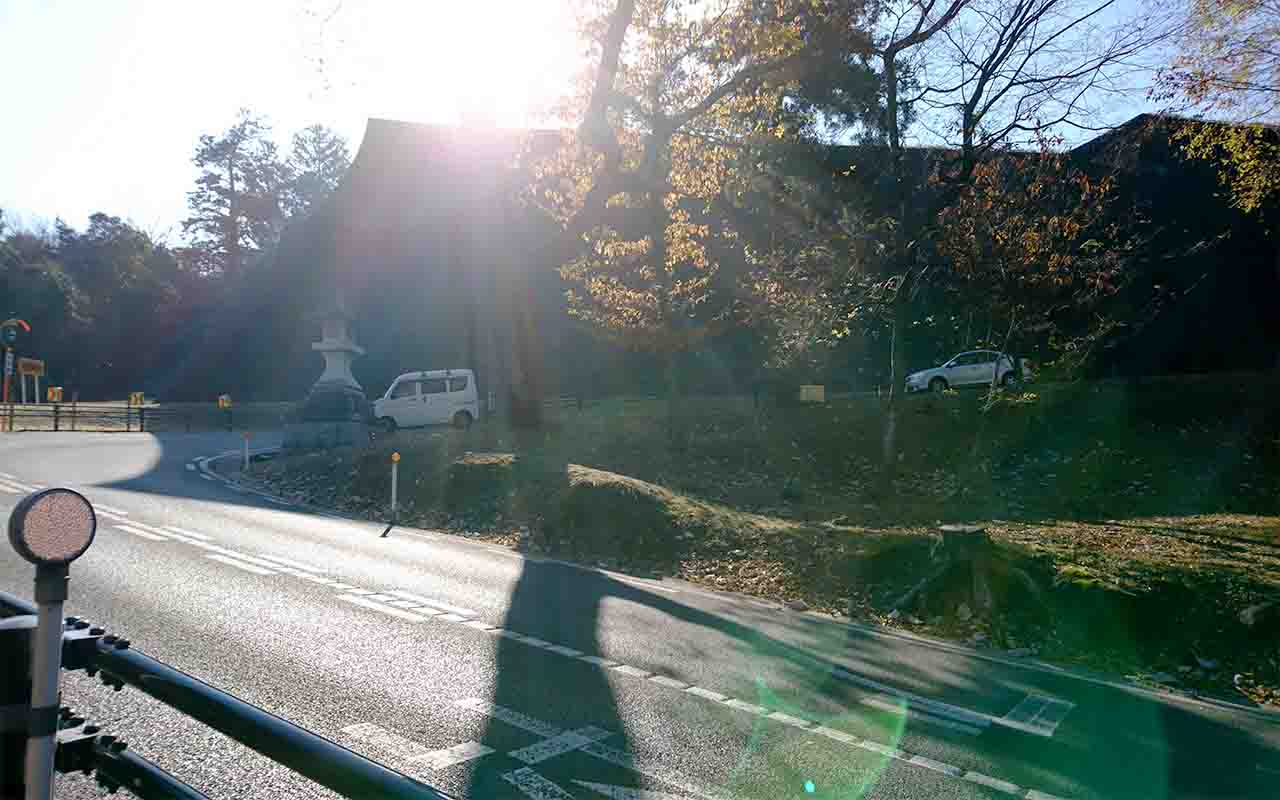
I reached Honmaru’s stone wall.
Over the walls,
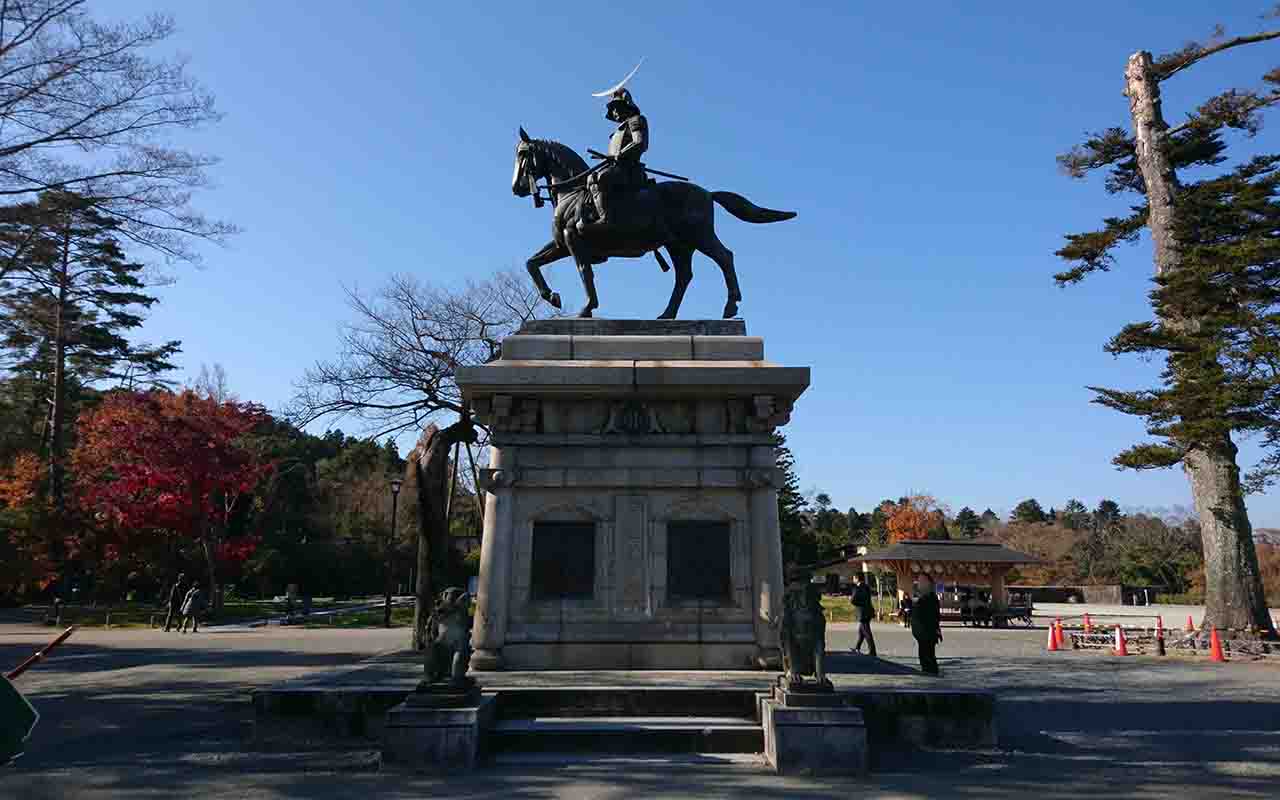
There is a statue of Date Masamune.
This statue’s photos are often used for things about Sendai City, so I felt that I was really in Sendai when I saw the statue.
You can enjoy the panoramic view of Sendai City from Honmaru.
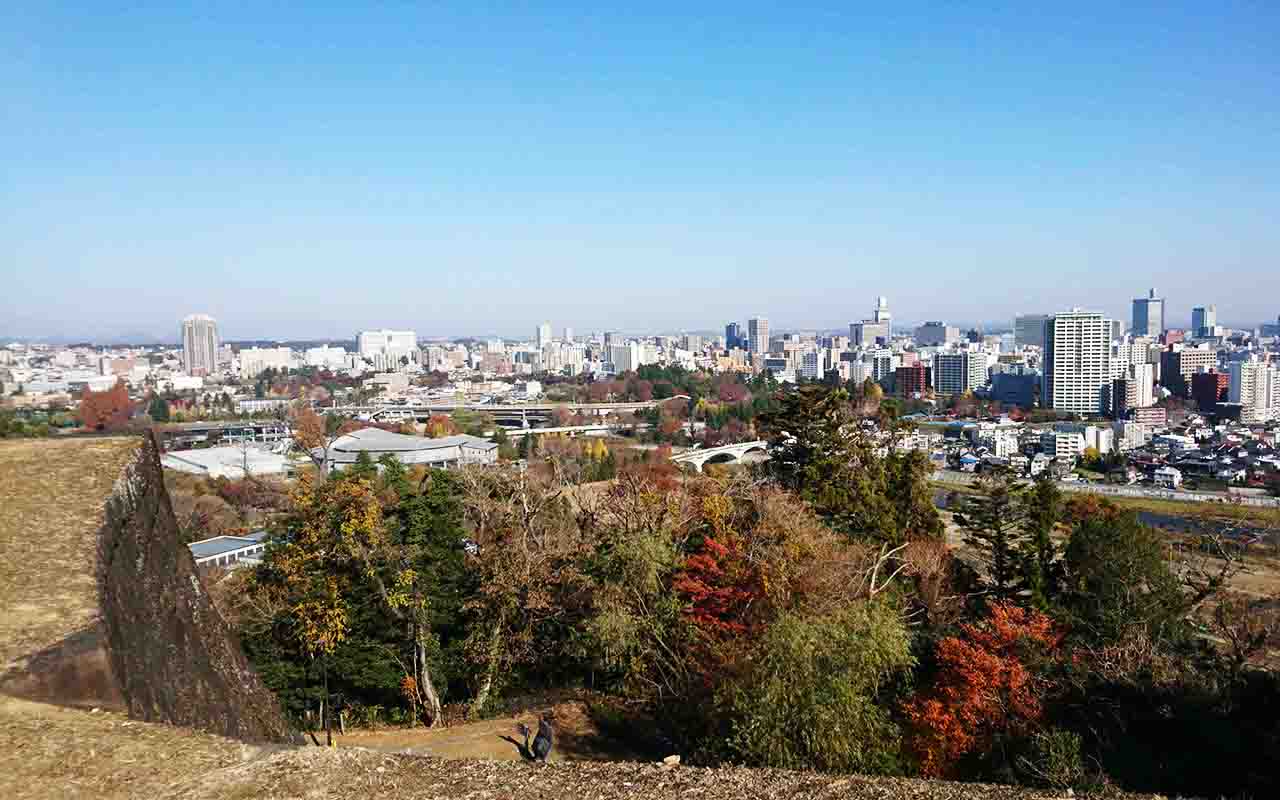
I was impressed by the view and imagined Date Masamune thinking about how to beat Tokugawa army viewing this sight 400 years ago.
Gyutan Curry of “Kaku”
The time I reached Honmaru was about 11.
I wish I could write about details about Sendai Castle such as the construction, characteristics, and history, but I had to leave the castle because I had to see my business partner who I was going to my client with at Sendai Station at half passed 11.
I just visited Gokoku Shrine in Honmaru place and left the castle.
I think that I will have another chance to take more time to see the castle, so I will write about more details in the next time.
I caught a taxi to Sendai Station and saw my partner.
We decided to have lunch on the walk to the client’s place and talk about the business a little.
We went to a restaurant in arcade which I had found when I was searching the restaurants in the morning.
The name of the restaurant was “Gyutan Ryori Kaku Vlandome Honten”.
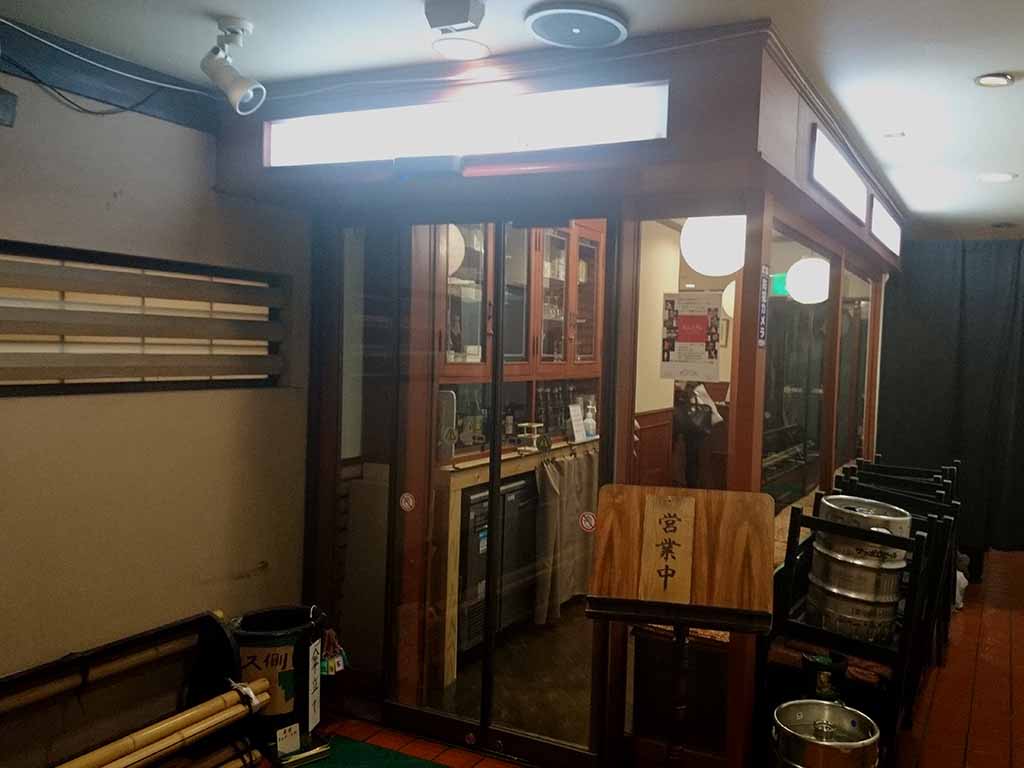
“Gyutan” means “beef tongue”, and it’s a specialty of Sendai.
Grilled Gyutan is the most famous dish of Gyutan, and it was the only Gyutan menu which all the Gyutan restaurants in Sendai had before.
This restaurant, “Kaku” was the one who started other menus such as “Tataki (half-grilled) Gyutan” and “Gyutan Sashimi” for the first time.
The next photo is the menu of the innovative restaurant.
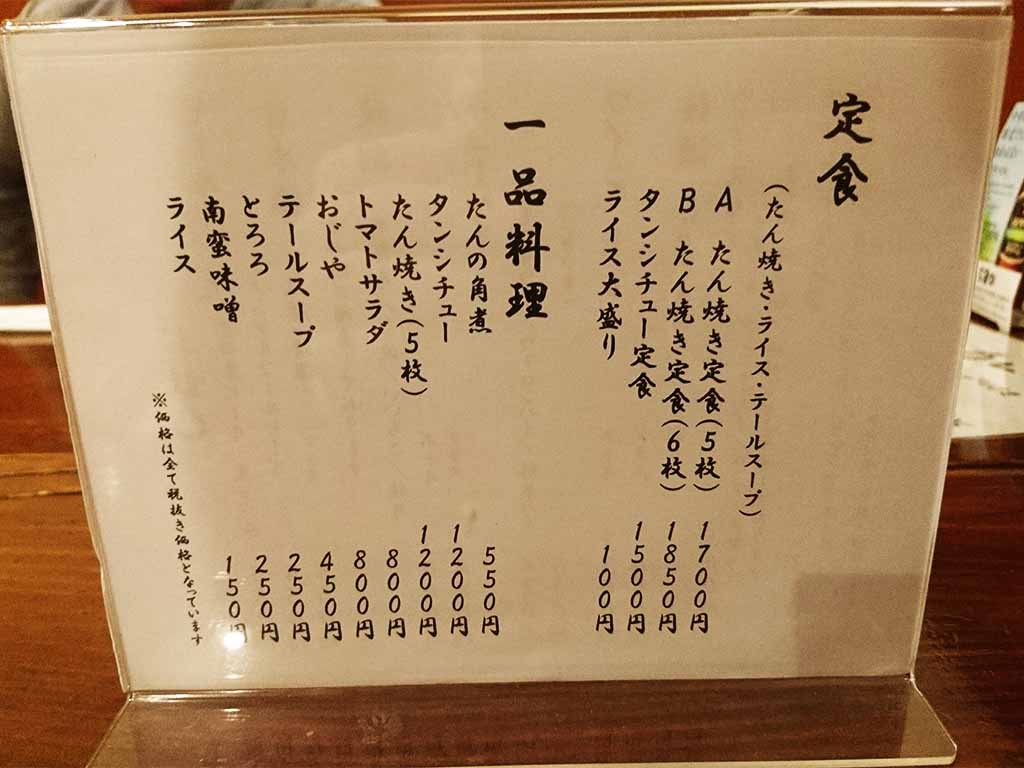
They have the standard “grilled Gyutan” meal, but they also have other menus such as “tongue stew” and “Gyutan Kakuni (boiled and seasoned Gyutan cubes)”.
I checked other menu sheets.
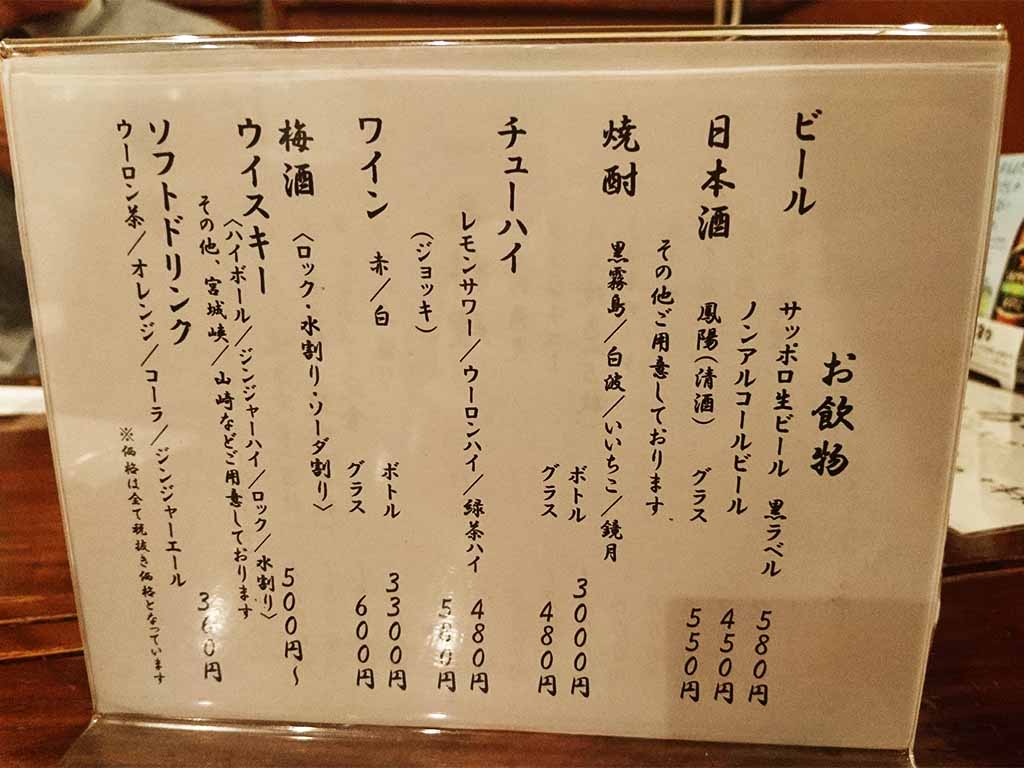
It was lunch time, but Nihonshu was available.
I really wanted to order some sake, but I gave it up because I had to work later.
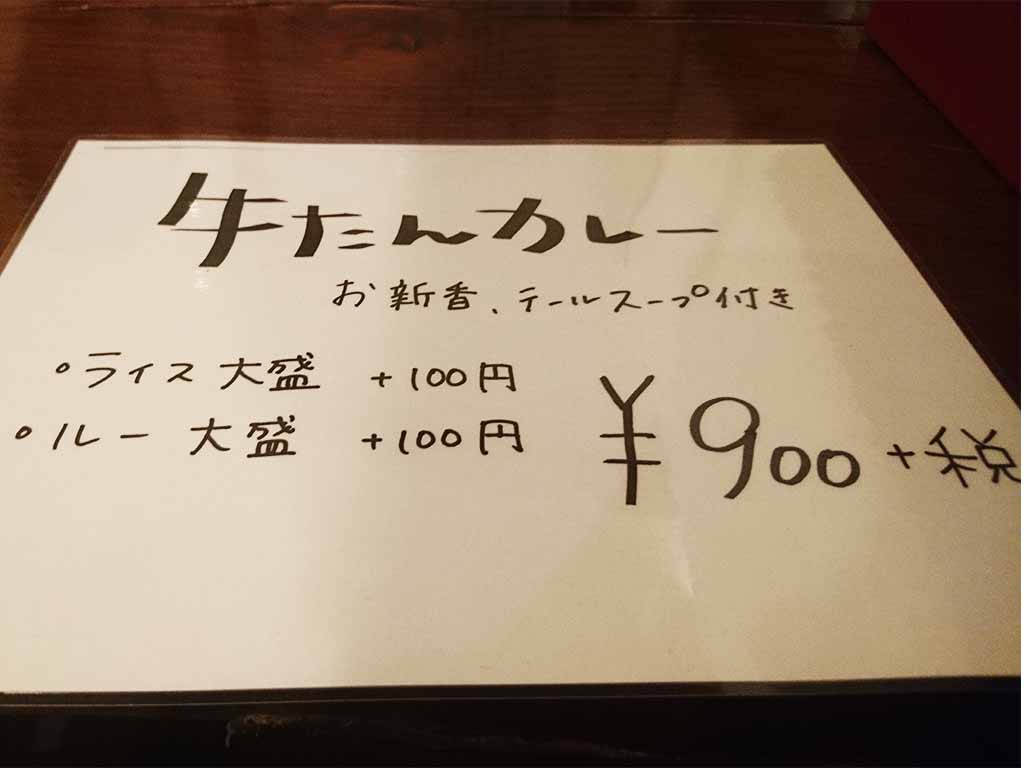
I found “Gyutan curry”.
I once thought that the standard grilled Gyutan would be the better choice, but I followed my mind and chose the curry which looked more unique, while my partner chose the standard one. (I have been called “strange person” by people since when I was little… maybe because I always make such unique choices….)
The reason why I chose curry was that grilled tongue would taste similar wherever, but curry would be different at each restaurant.
I thought that I would be able to eat similar grilled tongue in Tokyo, too.
In addition, curry was cheaper than the other.
The curry looked like this below.

There were many chunky Gyutan cubes in the curry!
I tried the block.

It was very nice!
The Gyutan was well cooked and soft, and I could chew and break the blocks without any power.
Maybe because the flavors of Gyutan and vegetables were melted in the curry, the taste of the curry paste was rather sweet.
The staff brought me a spice to add hot taste.
I didn’t use it then, but I now think that I could enjoy different tastes if I tried it.
Well, the curry was good enough by itself.
The grilled Gyutan which my partner had was very chunky and looked very nice, too!
I thought that I should have ordered a single grilled Gyutan, but I didn’t have much time, anyway.
I will try it next time!
Enjoyed sake at “Gyutan no Issen”
After lunch at “Gyutan Ryori Kaku”, we started work at 1 o’clock and finished it at little passed 6.
My partner didn’t have the ticket back yet and could stay more, so we decided to have a drink before going home.
The restaurant we chose was “Gyutan no Issen” along National Router 48.
I forgot to take photos of the appearance of the restaurant.
The shop is on the basement floor and the entrance was decorated with beautiful bamboo ornaments which reminded me of the three greatest festival of Tohoku, “Sendai’s Tanabata Festival”.
There were table seats and Zashiki seats (for sitting on tatami floor).
We were led to a table.
They had some Gyutan menus such as “grilled Gyutan”, “Gyutan stew”, and “boiled Gyutan” as its name.
There were more seafood menus using products from the sea of Sanriku.
The design of the room was like seafood Izakaya restaurant, too.
I wanted to try Sanriku’s fresh seafood as we had already tasted Gyutan for lunch.
The menus we ordered were,
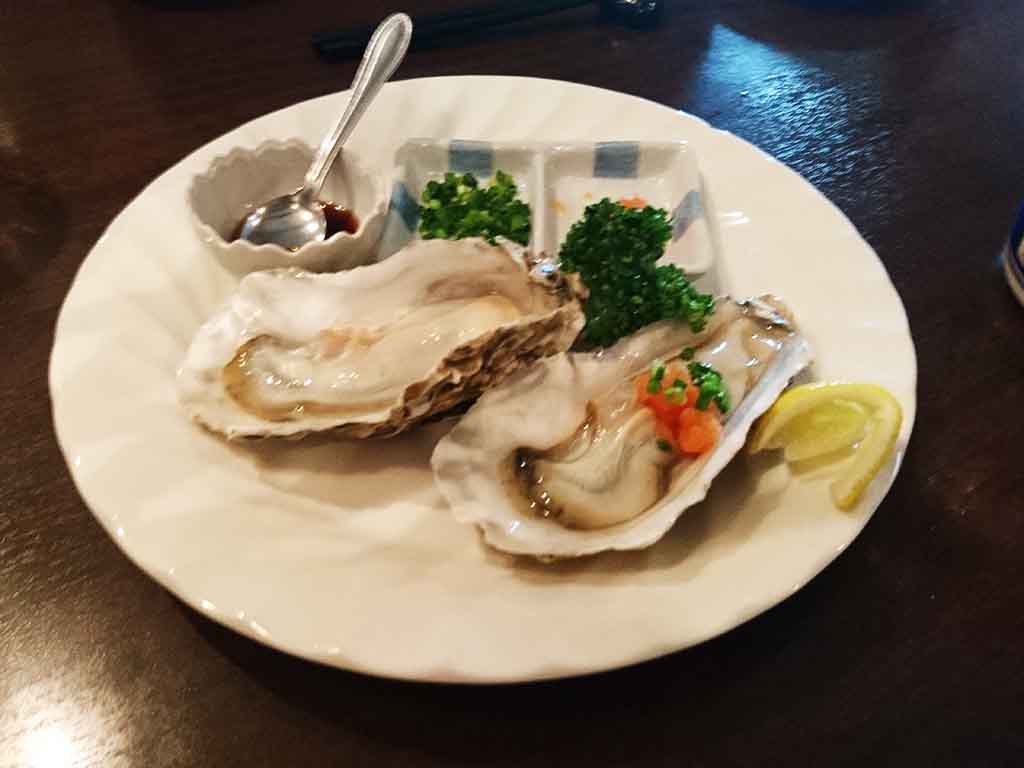
Law oysters from Sanriku Sea,
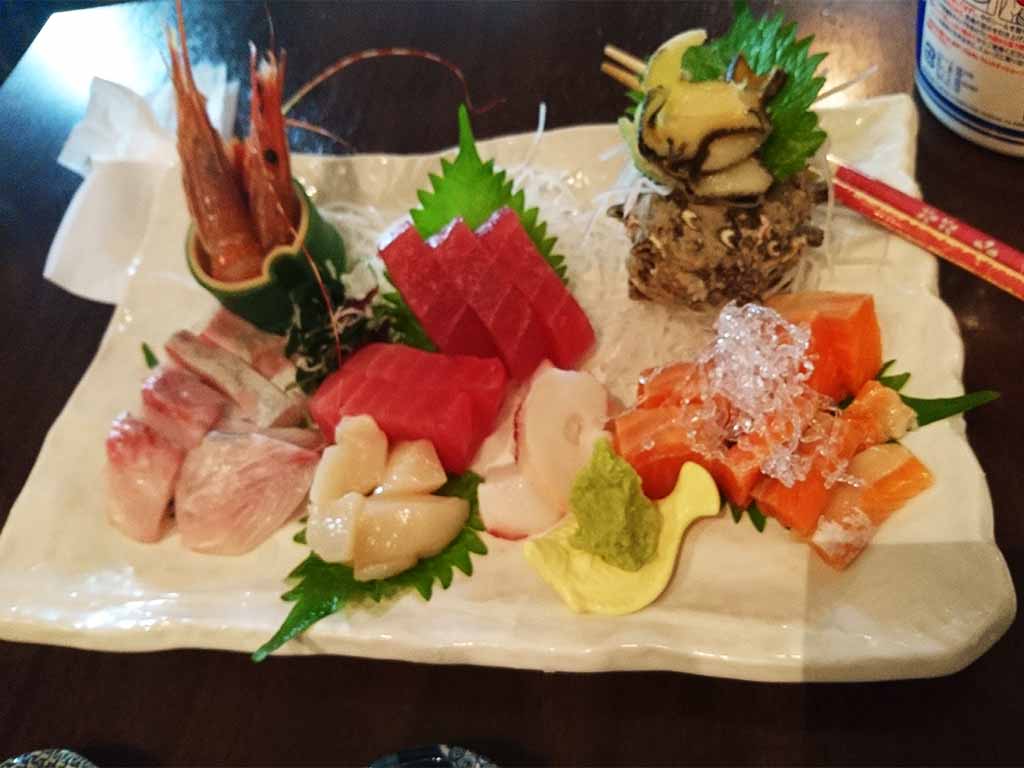
And Sashimi assortment of various fish from Sanriku Sea.
Now, which sake will go well with these foods?
Sendai is famous as a rice production area since the Edo period.
It also means that Sendai is a place of sake breweries, and there are famous sake brands such as “Urakasumi” and “Ichinokura”.
I looked for a local sake for the foods.
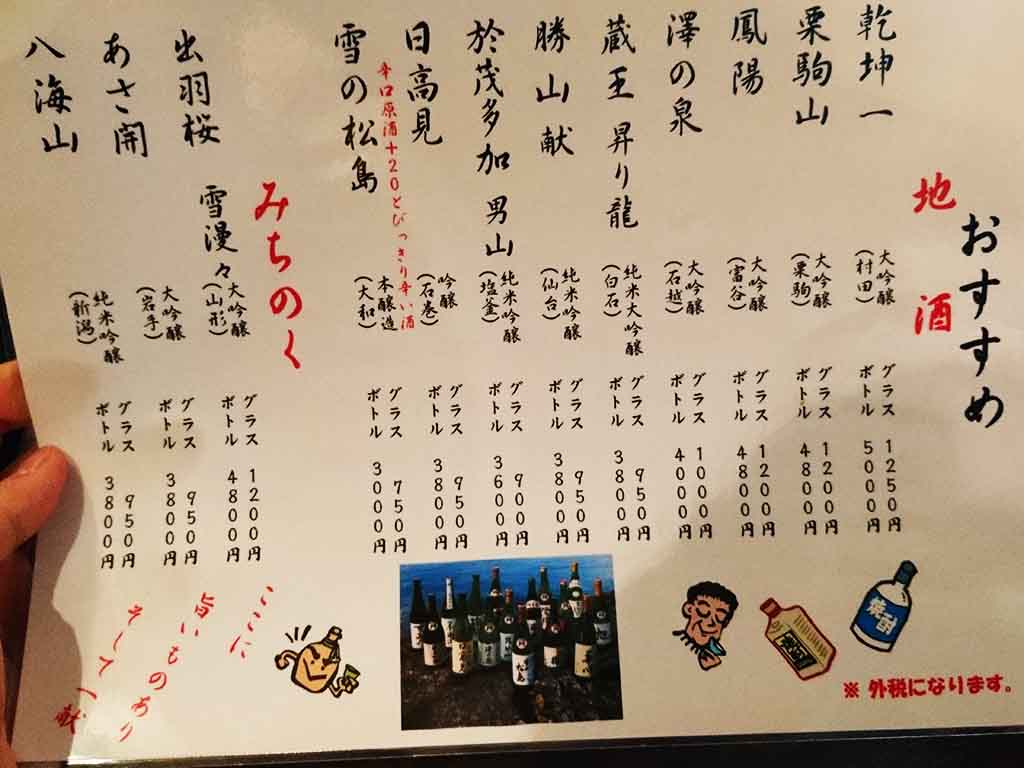
They had many Miyagi’s local sake.
It was difficult to choose one.
The one I chose was,
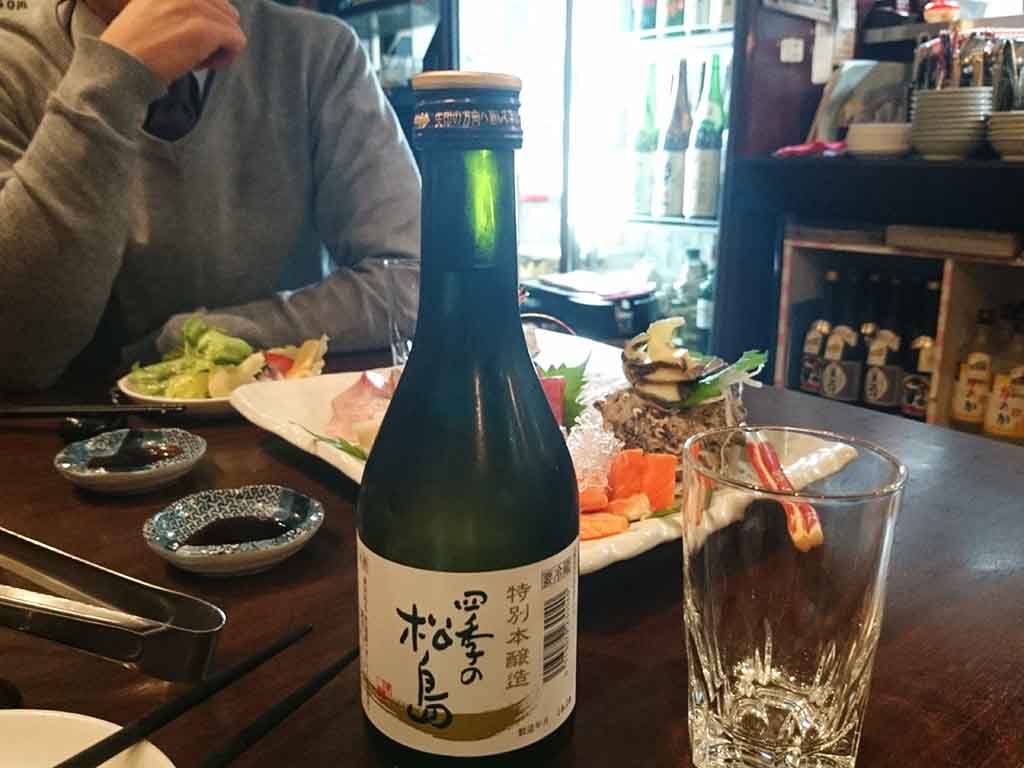
“Shiki no Matsushima Tokubetsu Honjozo”.
The taste was clear and dry, and the after taste was light.
Even though it was dry, it had a unique but not too thick flavor.
I tried it with oyster and sashimi, and the sake pulled out the flavors of the foods more.
A big characteristic of sake is that it’s good at making seafood more delicious, and this sake had the characteristic indeed.
I usually study the foods and sake more to write about them here, but I was with a person who I spent time with for the first time.
I enjoyed talking very much and we suddenly noticed that the time was almost 9 at night.
I wanted to try Sendai foods more, but I couldn’t because I had to take Shinkansen at half passed 9 to go back to Tokyo.
We left the restaurant before having enough, and headed Sendai Station.
My business partner didn’t have a seat reservation ticket yet, so he went to the ticket shop.
I had already got it, so I went to the platform alone.
Because I was a bit frustrated with too little drinks to finish the day,
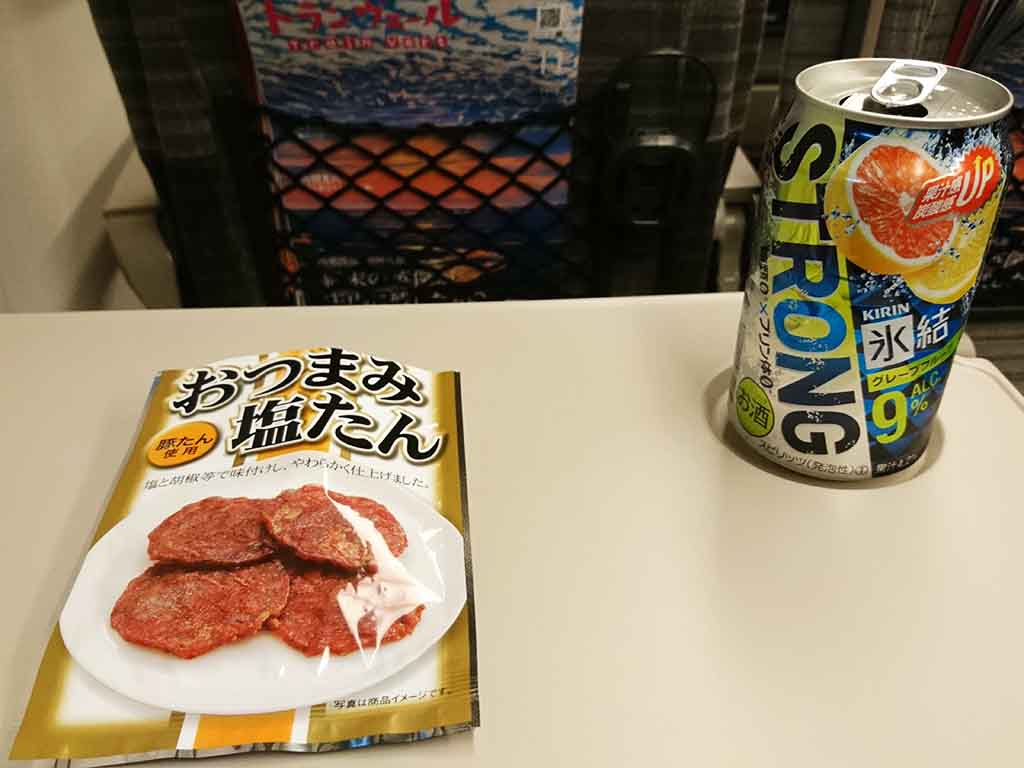
I bought a canned cocktail and “Salty Gyutan snack” at the canteen to satisfy my desire, which is one of the best ways to spend time in Shinkansen.
However, they couldn’t fill up my unsatisfaction.
Therefore, I went to another Izakaya after I went back to Asakusa.
It’s been too long by now, so I’d like to write about my Asakusa night in the next article.
It's our great pleasure if this article is helpful for you.
Restaurant Information
| Shop Name | |
|---|---|
| Prefectures | - |
| Tel | |
| Address | |
| Nearest Station | |
| Homepage | - |
| Business Hours | - |
| Holiday | |
| Introduction | |
| Sake List |
|

